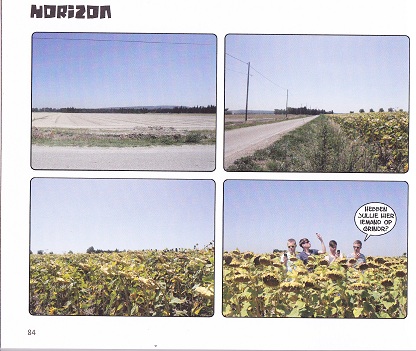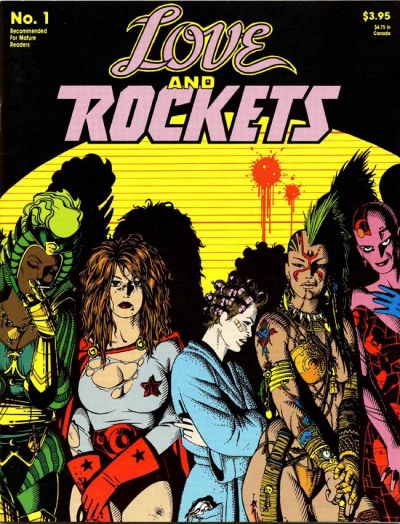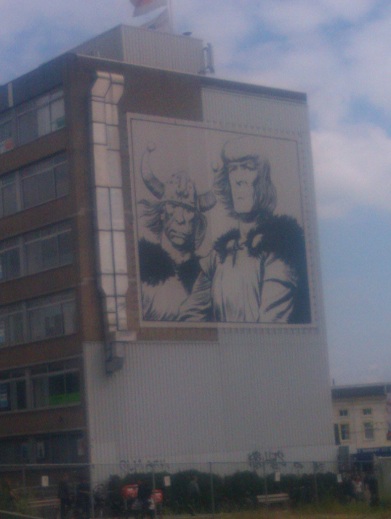Tom Spurgeon reports about an unfortunate Mario Balotelli cartoon with racist overtones:

This is the soccer player Mario Balotelli, a very talented and I’d say charismatic player — I know who he is, and I get lost with those guys all the time — who plays in the Premier League for current champions Manchester City and is part of the Italy team currently playing (last I checked) in the Euro 2012 tournament. As one of the spokespeople quoted mentions, his being on the Italian team at all is a big deal, and symbolic, and encouraging for a lot of people, which makes this depiction a bit tragic, really. The usual course of dialogue is taken, it looks like, which makes me think we need a new way to talk about this kind of thing. I wish there a way to cop to the ugliness of depicting someone in that matter that didn’t turn on there not being a machine out there that lets us know what’s in someone’s heart. I don’t see that happening any time soon, though.
You can’t really say much about situations like this. A cartoon is published with, deliberate or accidental racist (or sexist) overtones, people point out that “dude, that’s a bit racist”, cartoonist or newspaper either gets defensive and deny the charges, or get defensive but apologise, people rant about it all on the internet. I’m not sure there is a new way to talk about it, even using Jay smooth’s advice on how to tell people they sound racist, people and institutions both will still get defensive. But it might be interesting to take a stab at how this cartoon was created.
The first thing to remember that this comes from an Italian newspaper and though it may be hard to believe, there is a far greater awareness of racism and racist tropes in America (and to a lesser extent, Britain), than there is in continental Europe. Sure, there are plenty of people who hold ghetto parties with no idea that these are incredibly racist, but there is at least some awareness of what would make for an offensive cartoon; there are also more people willing to complain about it. In short, Americans have been more educated to spot these racist tropes and be offended by them.
Meanwhile, Mario Balotelli is somewhat of a loose cannon. A brilliant strike when wants to be, as witnessed by his performance against Germany tonight, he can also do things like throw darts to his teammates, set fire to his bathroom or wear an A. C. Milan shirt on telly when playing for Inter, somewhat like wearing a Yankees Jersey in Boston, only worse. He’s a great, instinctive football player, but seems to lack smarts some of the time. Which is of course somewhat of a stereotype for talented Black players in any sport, that idea it’s all instinct or innate physical and athletic ability, rather than hard work and intelligence that makes them great.
In any case, the combination makes Balotelli an easy target for jokes at his expense, especially as he often looks a bit of a beleagured figure, wondering “why always me”. So I can see where the King Kong idea comes from: the noble, misunderstood giant harassed by, in this cases, flying footballs. It’s a nice cartoon, if not for the simple fact that equating a Black football player with a giant ape is just a little bit racist. That’s something an American cartoonist would’ve recognised earlier.





